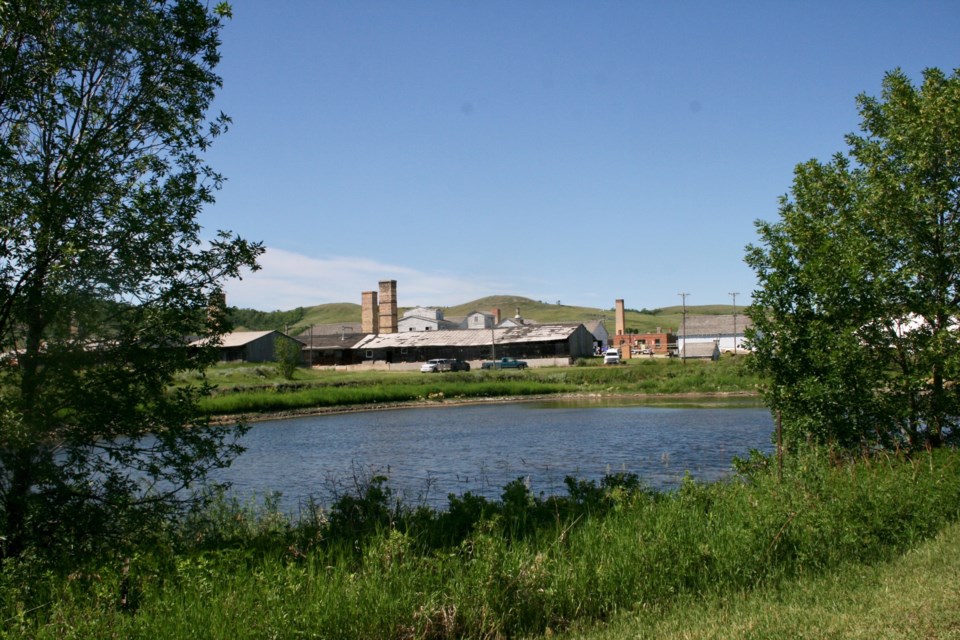A record crowd attended Heritage Day activities at the Claybank Brick Plant on the last day of June.
The record attendance since the brick plant became a provincial and national heritage site in 1994 was 1,500. More than 1,500 came this year. People were still coming in at 4:30 p.m.
“The event was a resounding success and the revenues from the day will have a significant positive impact for the summer’s program operation,” said Frank Korvemaker, retired Saskatchewan Heritage official. “We appreciate the publicity we have received.”
Last year’s attendance on Heritage Day was 800.
“Our revenues will be substantially higher than we envisioned a month ago.”
The Claybank Historical Society needs more funds to keep the site, 58 km southeast of Moose Jaw, open for the summer season.
The plant lost all funding from the province last year but got by with reserve funds.
This year funding is still at zero, although the province will pay for utilities this season.
“That’s an important factor. If the electricity is shut off, we could be faced with upgrades to everything in order to turn it on again.”
The site’s 1970s electrical system is grandfathered from upgrades.
Before Heritage Day they needed $20,000 to keep doors open until Labour Day. A GoFundMe page had raised $2,460 by July 2.
“If we don’t get more by August, we’ll have to shut down early. Getting volunteers for one day isn’t hard but for the whole season is a difficult task.”
The plant, now 107 years old, closed in 1989, and is “a late 19th century industrial complex” with updates.
“It’s the best-preserved brick plant in all of North America. You get to see something that’s best in North America right here in Saskatchewan.”
The province has had between 75 and 100 brick plants since the 1800s with only three large ones — Estevan, Bruno and Claybank.
The Claybank Brick Plant not only provided bricks for local buildings, but for the Hotel Bessborough in Saskatoon and Chateau Frontenac in Quebec.
The plant’s feature product was fire bricks — a specially processed brick that withstands intense heat and is used to line fire boxes. Fire brick from Claybank lined steam engines on railway trains and boilers of ships.
Corvette ships used the bricks in the war. “When a corvette was sunk, the bricks went down with it.”
The first space missions at Cape Canaveral-Kennedy used Claybank fire brick on the landing pad.
Losing the national heritage site for public education and viewing would be a shame.
Briercrest homesteader Tom McWillams discovered the clay in 1886 on a berry picking expedition and spent the next 18 years organizing a brick plant company.
McWilliams used to load a horse-drawn a wagon with clay and drive almost 60 km across prairie hills and creeks to sell it to Moose Jaw brick makers.
Ron Walter can be reached at [email protected]




